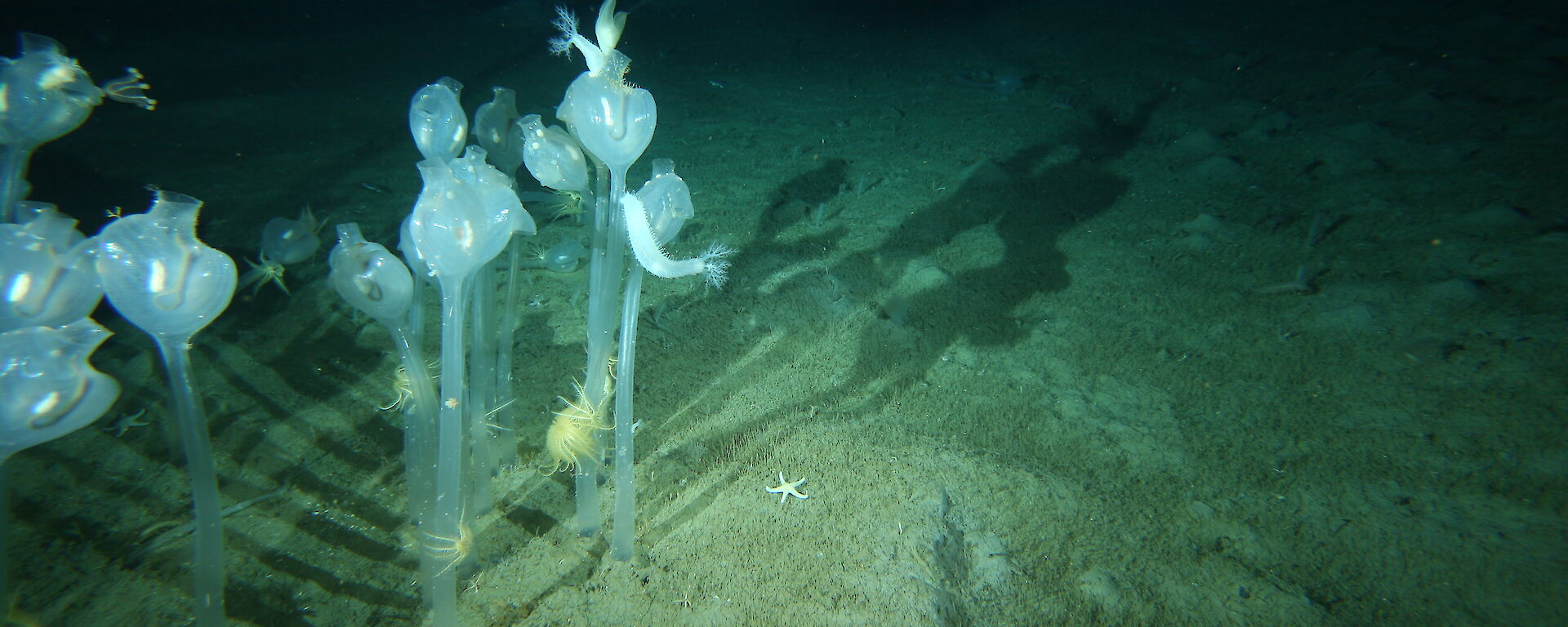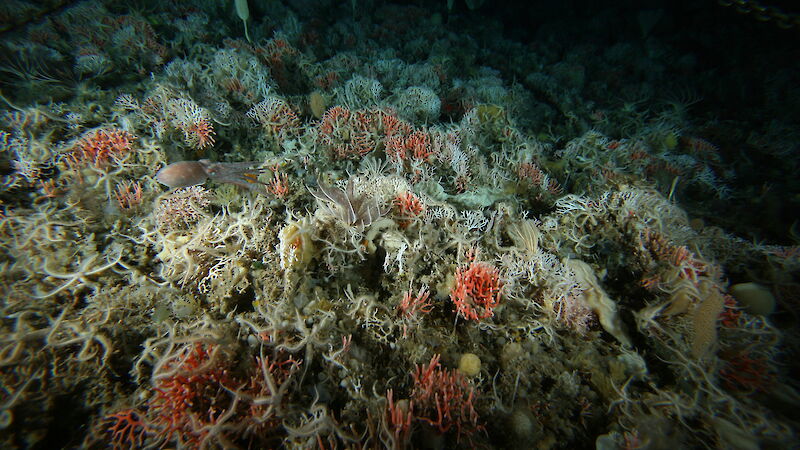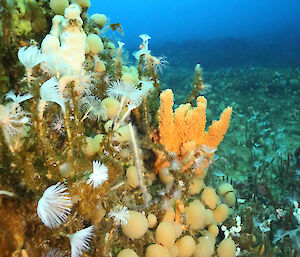Scientists can now track trails of algae as they sink through the ocean, making it possible to find biological hotspots where the nourishing particles are in abundance near the seafloor.
The research, published in Nature Ecology and Evolution today, was led by PhD student Jan Jansen from the Australian Antarctic Division and Institute for Marine and Antarctic Studies.
“For the first time we can predict where food arrives near the seafloor, how it travels along the bottom of the ocean, and where it finally settles into the sediment,” Mr Jansen said.
The scientists have developed a ‘Food Availability Model’ that can identify hotspots of biodiversity, assesses how well Marine Protected Areas represent Antarctic biodiversity, and be used to predict how climate change might affect seafloor communities.
“More than 90 per cent of the world’s ocean floor is found below 200m deep, where little to no photosynthesis is possible,” Mr Jansen said
“Life at these deep, dark depths draws energy from imported sources; primarily food sinking through the water column.
“We know ocean currents transport the algae as they sink to the seafloor, but until now, we haven’t had a clear understanding of how important the contribution of seafloor currents is.”
The scientists used satellite data, ocean models, particle tracking methods and data from seafloor sediment cores to develop the ‘Food Availability Model’.
“We used satellites to locate algae on the surface of the ocean and this gave us the starting point, from which we used the model to predict where the food would end up,” Mr Jansen said.
“To test the accuracy of the model we collected sediment cores from the seafloor.
“Where we predicted plenty of suspended food, we found more filter feeders such as corals and sponges, and where we predicted more food deposits on the seafloor, we found bottom-feeding animals such as sea cucumbers.
“The redistribution of tiny food particles along the seafloor are almost impossible to observe, yet they have a significant impact on the communities that rely on them.
“By modelling the pathway of food particles from the sea surface to the ocean floor we now have a clearer picture of the elements that impact this relationship.”
Mr Jansen said the next step will be to map food availability around the entire Antarctic continent.
The research was supported by the Australian Antarctic Program and was a collaboration between scientists from the University of Tasmania, Australian Antarctic Division, CSIRO, Antarctic Climate and Ecosystems Cooperative Research Centre, Geoscience Australia, Macquarie University, National Museum of Natural History (France) and Indiana University of Pennsylvania.




